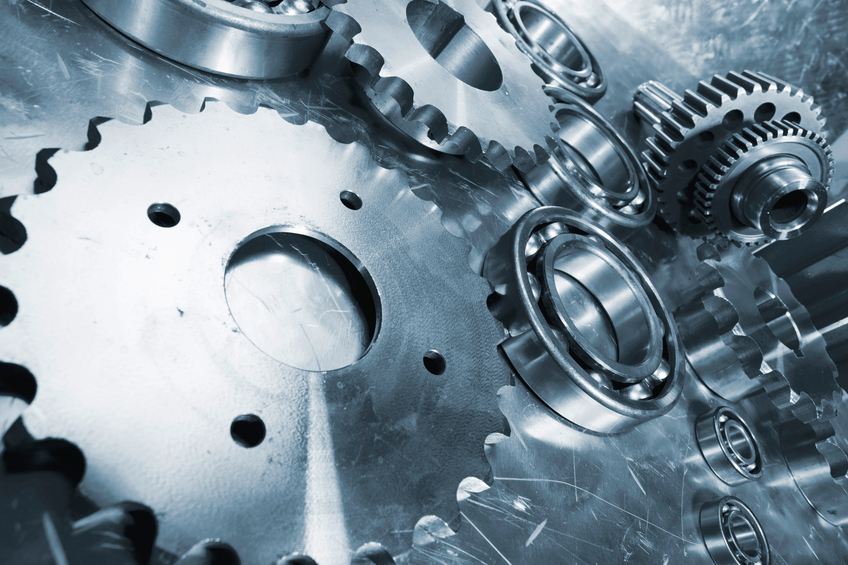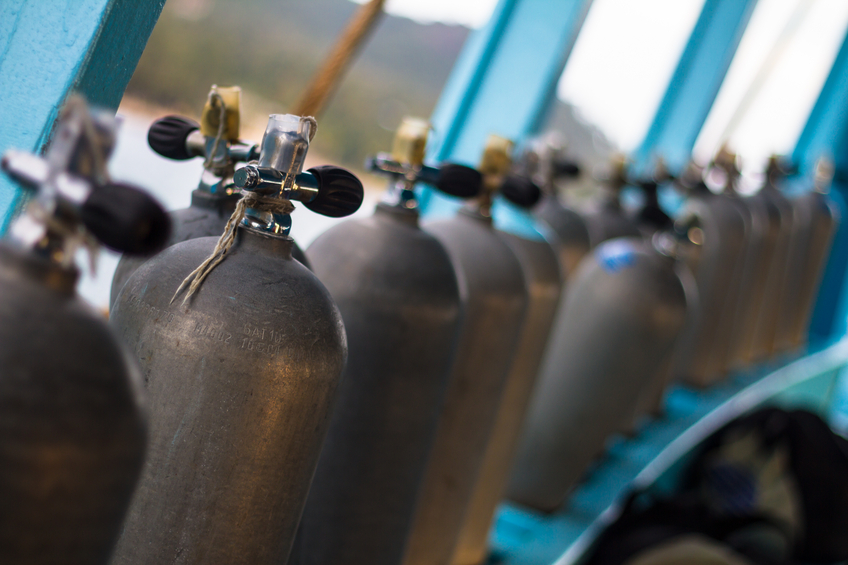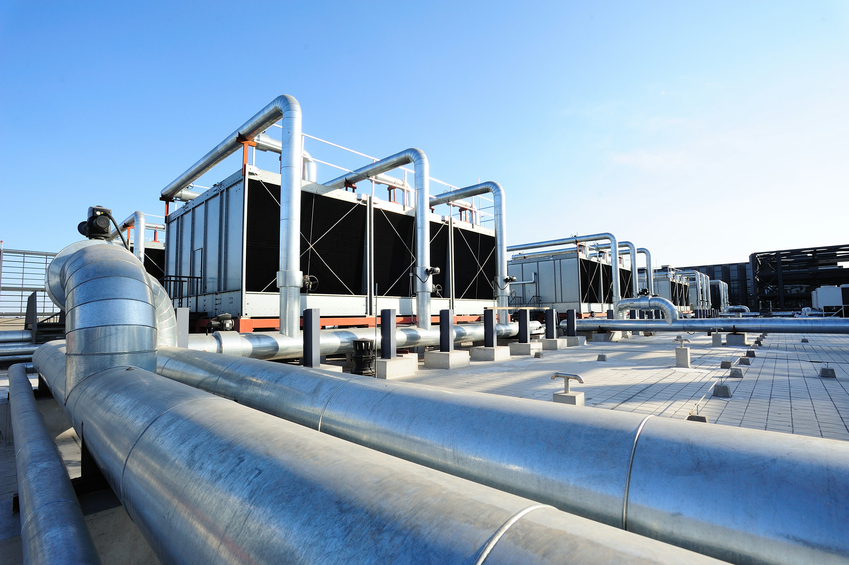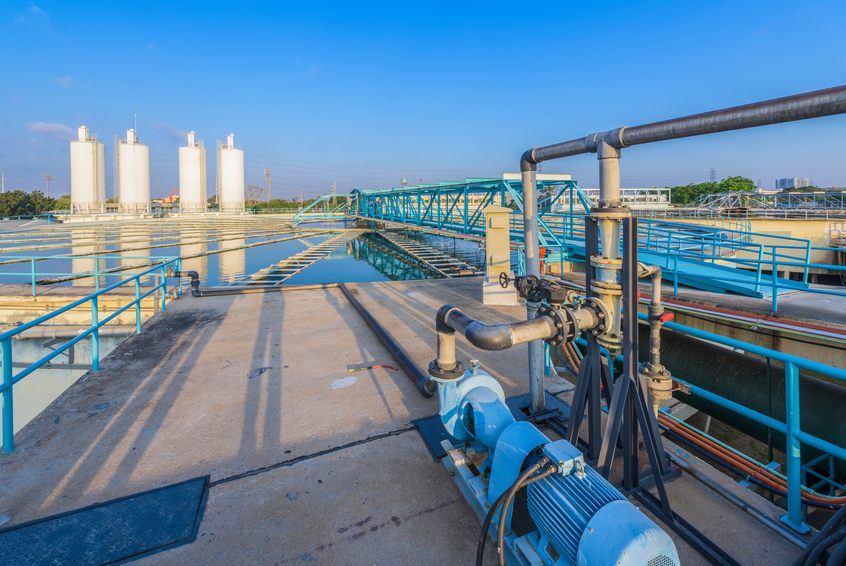Mechanical System Design 24 PDH Discount Package
Compressors and Compressed Air Systems (M06-018)
Cooling Towers (M07-001)
Pneumatic Conveying Systems (M05-010)

This online engineering PDH course presents a technical coverage of gear fundamentals. It is intended as a broad coverage written in a manner that is easy to follow and to understand by anyone interested in knowing how gear systems function. Since gearing involves specialty components, it is expected that not all designers and engineers possess or have been exposed to every aspect of this subject. However, for proper use of gear components and design of gear systems it is essential to have a minimum understanding of gear basics and a reference source for details.
Gear drives are the base components and lifeline in most mechanical transmissions and processing operations. With today's emphasis on reliability and operating efficiency, the selection of the proper drive has become increasingly important. The right choice can result in a big difference in productivity, operating costs, and energy savings. Selecting the right gear drive ideally brings together the gear manufacturer, the system designer, and the end user. At the outset, a gear manufacturer must know what the drive will be used for, the demands to be placed upon it, and the nature of the equipment it will be driving.
This 6 PDH online course is intended for mechanical engineers, automobile engineers, machine designers, factory & workshop personnel, O & M professionals, facility managers, estimators and general audience interested in gaining a basic understanding of gear drives. No specific prerequisite training or experience is required.
This PE continuing education course is intended to provide you with the following specific knowledge and skills:
- Defining gear and gear system
- Understanding gear classification: parallel, intersecting, non-parallel and non-intersecting
- Knowing the characteristics and applications of spur, helical, bevel and miter gears
- Undersanding the applications of herringbone gears and rack and pinion gears
- Learning standard gear terminology: addendum, dedendum, module, clearance, etc.
- Understanding the law of gearing
- Describing the gear tooth profiles: involute and cycloidal
- Knowing the equations used to determine the power transmission through gear drives
- Explaining the method of determining gear ratio and how it is related to torque and speed
- Describing various types of gear trains - simple, compound, epicyclical
- Knowing failure modes and methods for computing bending stress using Lewis equation
- Learning the design process of specifying and selecting the gear systems
In this professional engineering CEU course, you need to review the course document titled, "Basic fundamentals of Gear Drives".
Upon successful completion of the quiz, print your Certificate of Completion instantly. (Note: if you are paying by check or money order, you will be able to print it after we receive your payment.) For your convenience, we will also email it to you. Please note that you can log in to your account at any time to access and print your Certificate of Completion.

This online engineering PDH course provides comprehensive information on the compressed air systems. This course is relevant to anyone needing to know more about compressed air production and use, relevant health and safety issues, legislation and energy efficiency.
Compressed air has many applications in industry. Delivering compressed air to a manufacturing facility is an expensive operation and it requires costly equipment that consumes significant amounts of electricity and needs frequent maintenance. Roughly 80 to 90 percent of the electricity used to operate compressed air systems is converted to low-temperature waste heat. This lost energy can quickly add up, each year costing individual facilities as much as double the purchase and installation cost (first-cost) of the entire system. The ideal time to think about your compressed air system is before it is installed.
Air Compressors deserve independent treatment due to many reasons. There is a wider choice of different types of compressor designs each operating at different efficiencies and suitable for specific application. The type of compressor decided upon has direct implications on the lifetime energy costs. Also the decision as to a single compressor of large capacity versus multi-compressor installation where each compressor has a smaller capacity than the demand influences the possible energy savings considerably.
This 6 PDH online course is applicable to all mechanical engineers, design professionals, operations and maintenance personnel, as well as consultants and contractors who construct, build and manage building systems.
This PE continuing education course is intended to provide you with the following specific knowledge and skills:
- Understanding the various types of compressors; their applications, advantages and limitations
- Understanding the various types of system controls - their pros and cons;
- Understanding how the control systems are matched to the needs of the users
- Understanding the key components of compressed air system and learn how each component function;
- Understanding air storage, air drying, piping, filtration and air cleaning methods
- Understanding the limits of dew point suppression in refrigerant and desiccant dryers;
- Understanding the different types of filters and how coalescing filters benefit in removal of lubricant and moisture
- Understanding the difference between SCFM, ICFM and ACFM
- Understanding the pros and cons of single loop verses ring main systems
- Understanding how to quantify and select appropriate compressor for base and trim demand
- Understanding what features to specify and what information to seek when making a compressed air proposal
- Understanding the compressed air system assessment procedure and energy audit methodology
- Understanding the common losses in compressed air systems and the ways to conserve energy
- Understanding the routine maintenance schedule for air compressors
- Learning about the generic checklist for energy efficiency in compressed air system
- Understanding the engineering formulae and technical relationship between compressor motor power-draw and process variables
- Learning by example the method for evaluating compressed air costs
In this professional engineering CEU course, you need to review the course document titled "Compressors and Compressed Air Systems".
Upon successful completion of the quiz, print your Certificate of Completion instantly. (Note: if you are paying by check or money order, you will be able to print it after we receive your payment.) For your convenience, we will also email it to you. Please note that you can log in to your account at any time to access and print your Certificate of Completion.

This online engineering PDH course provides comprehensive information on cooling water systems and describes different types of cooling towers, their mechanical components and the problems associated with cooling water.
A cooling tower is a device used in industry to cool hot water (by partial evaporation) before reusing it as a coolant. Water directly contacts surrounding air and a very small part (1-2%) evaporate. This evaporation increases the air temperature and humidity and decreases the temperature of the water making it possible to cool below the normal air temperature. Although this heat is usually transferred to a cool, flowing volume of water, final rejection is always to the atmosphere and, invariably, is accomplished by some form of heat exchanger.
The machines and processes of industry, as well as the air-conditioning systems for buildings generate tremendous amounts of heat, which must be continuously, dissipated if these machines and processes are to continue to operate efficiency. Water cooling is the most efficient method of dissipating heat.
This 7 PDH online course is applicable to mechanical engineers, design and construction personnel, technical staff and facility personnel who are interested in gaining a better understanding of cooling towers.
This PE continuing education course is intended to provide you with the following specific knowledge and skills:
- Learn different types of heat rejection systems
- Learn the operational theory and principles of evaporative cooling tower
- Describe the factors affecting the performance of cooling tower
- Learn the various materials used in construction of cooling tower
- Understand the functions of various components of cooling tower
- Describe various control options
- Understand the layout and installation considerations
- Understand the water distribution mechanisms, noise and vibration issues
- Understand the cooling tower water balance
- Learn the importance of cooling water treatment
- Describe the cooling tower testing requirements, various codes and standards
- Learn by examples the equations to calculate the evaporation rate, fresh water make up and blowdown requirements
In this professional engineering CEU course, you need to review the document titled "Cooling Towers".
Upon successful completion of the quiz, print your Certificate of Completion instantly. (Note: if you are paying by check or money order, you will be able to print it after we receive your payment.) For your convenience, we will also email it to you. Please note that you can log in to your account at any time to access and print your Certificate of Completion.

This online engineering PDH course presents an overview of pneumatic material handling system and summarizes the main hardware and technology attributes for efficient conveying.
From pebble lime to peanuts, from coal to baby powder - and everything in between - pneumatic conveying has long been a popular choice for moving bulk materials, either from storage facilities to a process unit, or between process units. Two most distinct categories of pneumatic conveying can be described as either dilute-phase or dense-phase systems. These have been developed over the past few decades to take advantage of the different behavioral properties of bulk materials and also to meet the increasingly demanding requirements of industry in the areas of system reliability, product quality control and energy efficiency. In particular, dense phase operation (with its relatively low velocities) is usually preferable if the conveyed material degrades easily or is highly abrasive. Selecting the correct pneumatic conveying regime for your requirements is a vital decision for a successfully designed system.
This 5 PDH online course is applicable to process/production personnel, mechanical and chemical engineers, and operation and maintenance engineers in the following industries who are involved in the following industries: chemical, petrochemical, agro-chemical, and specialty chemical, biotechnology, pharmaceuticals and cosmetics, food processing, mining/mineral processing, plastics processing, bulk storage, pulp and paper.
This PE continuing education course is intended to provide you with the following specific knowledge and skills:
- Understand the advantages of pneumatic conveying systems over mechanical conveying
- Understand the characteristics, limitations and fundamental design differences of dilute phase, dense phase and air activated gravity conveying
- Understand the design approach and typical specifications of positive pressure, vacuum and combination pull-push dilute phase conveying systems
- Understand the factors influencing the performance of pneumatic conveying systems and learn how conveying rates are affected by distances
- Understand the terms "saltation" and "choking" as applicable to pneumatic systems.
- Learn by example - the methodology for selection of prime mover for a dilute phase pneumatic conveying systems
- Gain understanding of pneumatic conveying system components such as fans, airlocks, separators, piping and filters
- Understand the three key reasons to use dense phase systems
- Understand the different modes of dense phase conveying
- Learn top ten tips for the design of dilute and dense phase conveying systems
- Learn how to estimate pressure drop in dilute phase conveying system
In this professional engineering CEU course, you need to review the course document titled "Pneumatic Conveying Systems".
Upon successful completion of the quiz, print your Certificate of Completion instantly. (Note: if you are paying by check or money order, you will be able to print it after we receive your payment.) For your convenience, we will also email it to you. Please note that you can log in to your account at any time to access and print your Certificate of Completion.